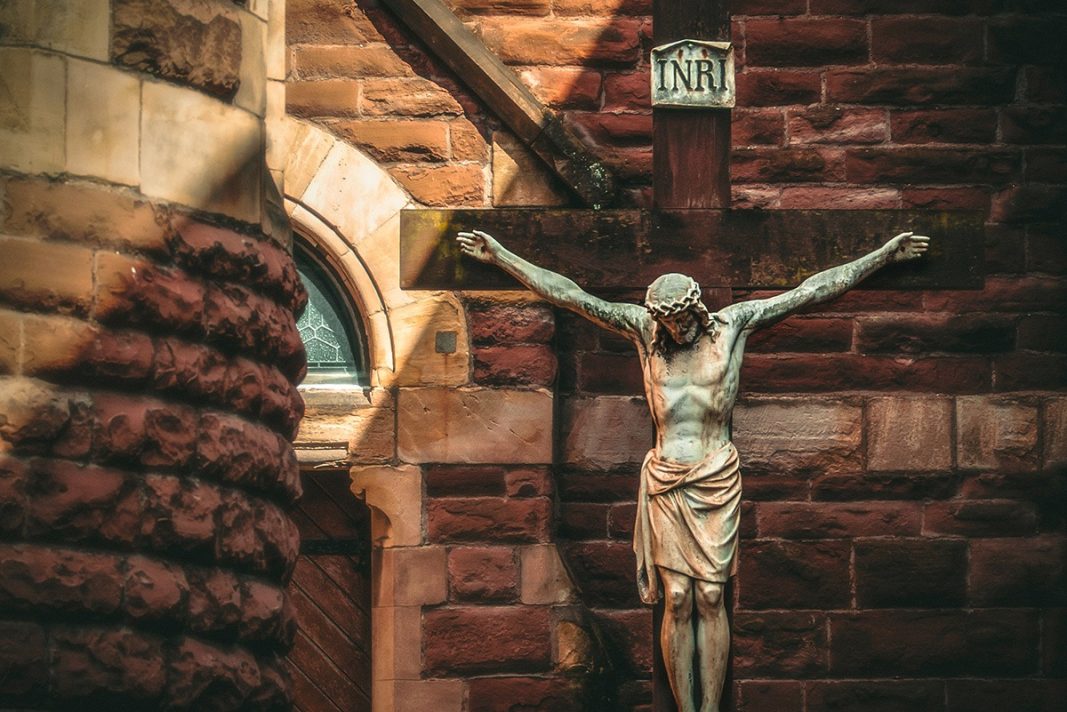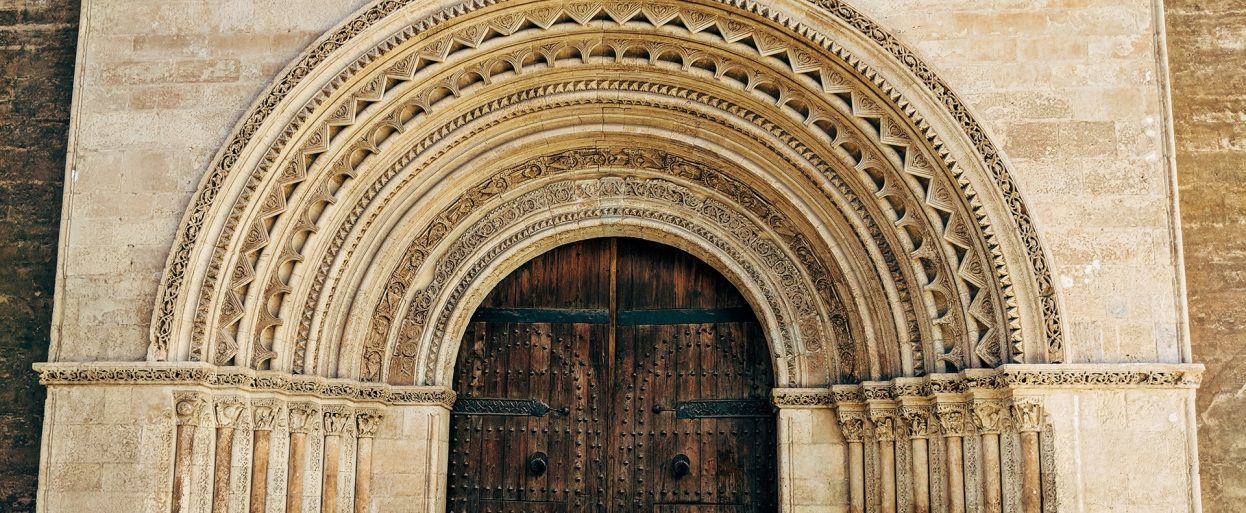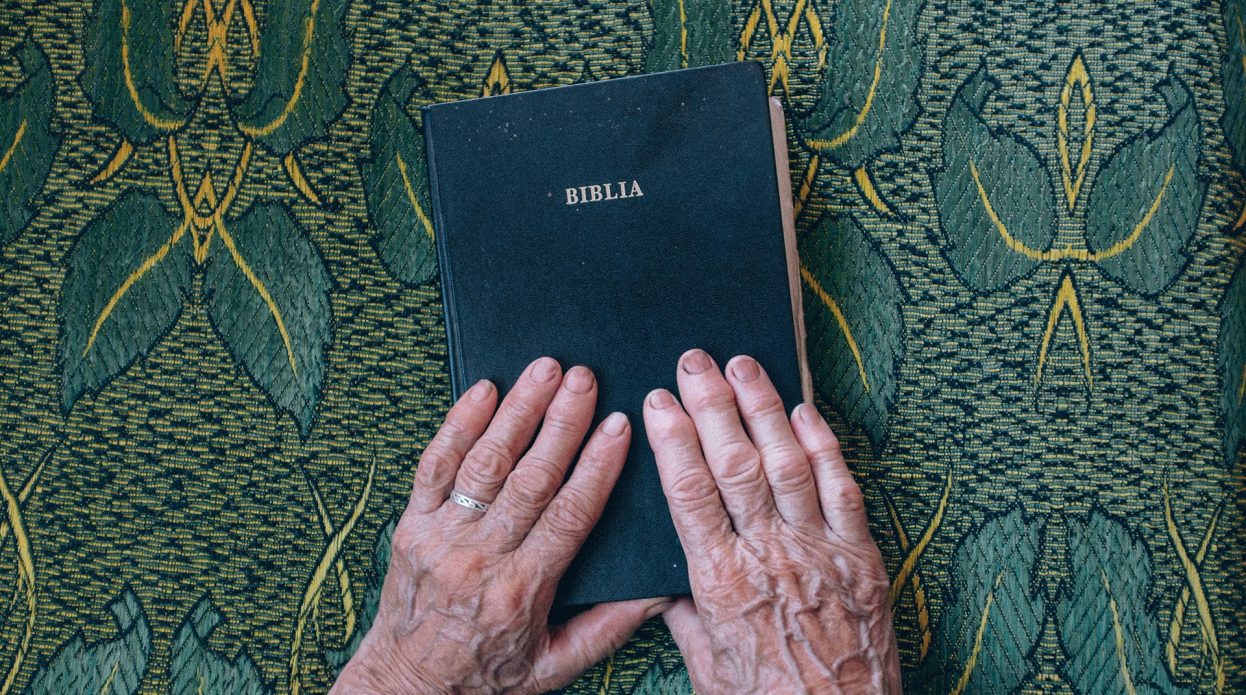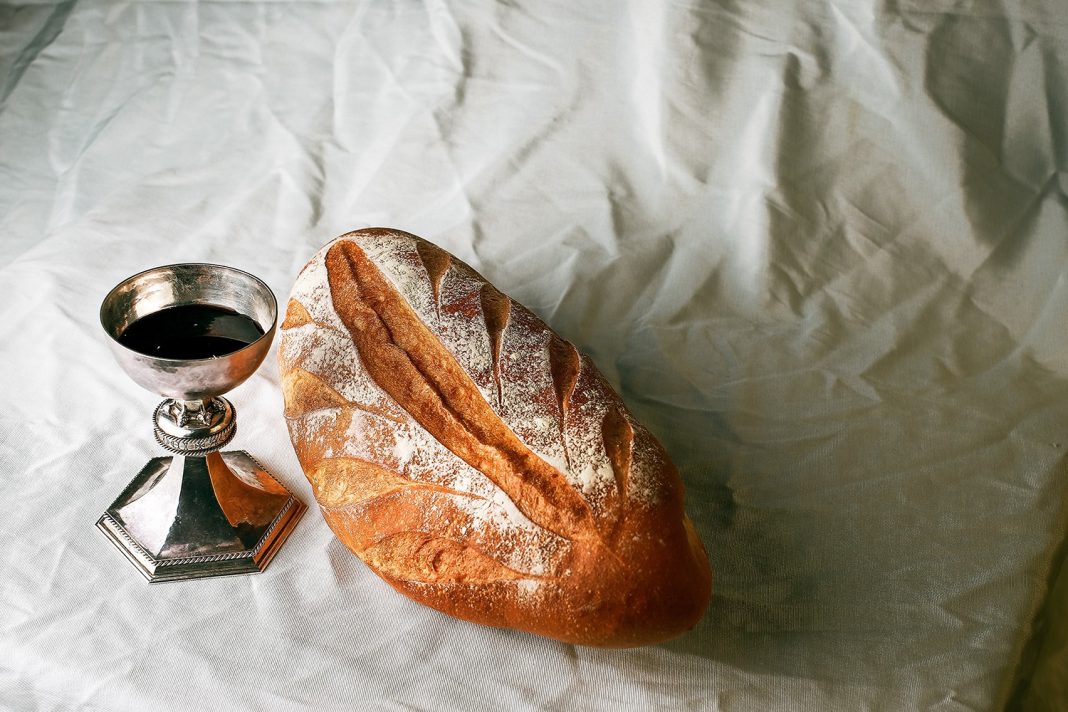Catholic vs. Christian: Similarities, Differences, and FAQs
Being a mind-boggling topic, most people can easily get confused when comparing the two because Catholicism is believed to be a denomination under Christianity.
However, in most cases, when a Catholic is asked which religion they are from, they say Catholic. On the other hand, Christian denominations from different parts of the world consider Catholics as Christians.
To get an in-depth understanding of how the two terms relate, we need to look at the beliefs, practices, and how each group conducts itself. Besides, both Christianity and Catholicism are giant names in the religious world.
Christianity is the largest religion in the world, with a followership of up to 2.5 billion people as of 2020. This accounts for approximately 33% of the world’s population, making Christianity the most popular religion in the world over.
Out of the 2.5 billion adherents of Christianity, about 1.3 billion people are Catholics. As such, Catholicism is one of the largest religions in the world.
Who Is A Christian?
A Christian is any person who professes belief in Jesus Christ and accepts him as the savior. Christians try as much as they can to imitate the works of Jesus Christ in all that they do.
Additionally, Christians believe that Jesus is God’s only begotten son who was sent to die on the cross to atone for the sins of humanity. As a religion, Christianity is based on the teachings of Jesus Christ and the Bible.
Bible records show that the word Christian was first used in a place called Antioch to refer to the disciples of Jesus that were being taught by St. Paul. Nonetheless, Christianity started with the ministry of Jesus Christ.
What Is Catholicism?
The term Catholicism can be defined as the adherence to Christian doctrinal teachings that are neither associated with the Eastern Orthodox or Protestant churches.
It is important to keep in mind that Catholicism is a denomination under Christianity, meaning Christianity was founded before the term Catholicism was coined.
The history of the Catholic Church can be traced back to the ministry of St. Peter in Judea, Roman Empire.
Catholics consider St. Peter as the first pope of the Roman Catholic Church, so all popes that came after him are his successors.
Being Christians, Catholics believe in the person of Jesus Christ and view him as the only way through which people can get to know God.
One of the main reasons why most Catholics don’t prefer identifying as Christians is because they believe the terms Protestant or Early Orthodox can be used interchangeably with Christianity.
If you are familiar with the history of the Catholic Church, then you must be aware of the reformation that led to a split in the church.
In nutshell, the reformation was a form of rebellion that led to the formation of protestant churches. The reformation was championed by a German monk, Martin Luther, who opposed some of the teachings of the Catholic Church.
In addition to this, the great schism led to the separation of the Roman Catholic Church and Eastern Orthodoxy. Catholics and Protestants have less in common than Eastern Orthodoxy and Catholicism.
Catholicism and Christianity are similar in several ways. Nevertheless, there are key facts that differentiate the former from the latter and vice versa.
As stated earlier, it all stems down to specific religious practices, teachings, and beliefs that Catholics and other Christian denominations have on certain aspects.
Similarities between Catholicism and Christianity
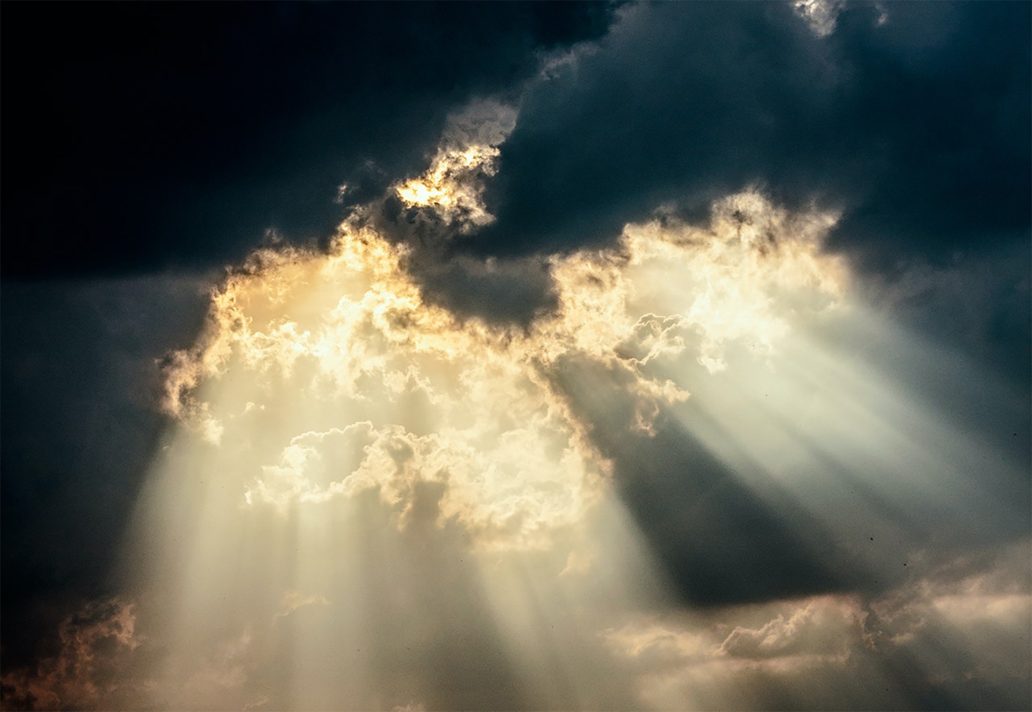 The fact that Catholicism falls under Christianity means it has a lot in common with most Christian denominations.
The fact that Catholicism falls under Christianity means it has a lot in common with most Christian denominations.
- Belief In The Existence of Heaven
– Catholics and Christians believe in the existence of heaven, a supernatural place where God and the angels reside.
– According to the teachings of Christianity and Catholicism, those who live Godly lives on earth will go to heaven after they die.
– Adherents believe that when they get to heaven, they will gain immortality and inherit all the good things that God has promised in the Bible.
- The Bible As Holy Book
– Christians and Catholics view the Bible as God’s divine word and live by everything that is written in the holy book.
– Most denominations under Christianity use the book of 2 Timothy 3:16-17 to teach its members the importance of the Bible and what it stands for.
– Catholics and other denominations rely on the Bible when making crucial life decisions, meaning the Bible is the most important religious book in Christianity.
- Following The Teachings of Jesus Christ
– Catholicism and Christian beliefs are both based on the teachings of Jesus Christ. Through his ministry, Jesus was able to spread the good news about God’s kingdom and the plan that God has for humanity.
– Additionally, Jesus performed miracles that both Catholics and Christians consider as divine. Moreover, the church teaches that the only way one can gain God’s favor is by having Christ-like behavior.
- The Original Sin
– According to the doctrinal teachings of the Christian religion, all humans are born sinners.
– This idea is based on the fact that people inherited sin when Adam and Eve disobeyed God in the Garden of Eden.
– Catholics and Christianity as a whole believe that the original sin separates humankind from God, but people can come back to God by accepting the sacrifice that He offered through His son, Jesus Christ.
Major Differences between Catholics and Christians
As a religion, Christianity is made of many denominations, including Catholicism. Nonetheless, most of the churches fall under the Protestant Church. And that is one of the reasons why Christianity and Catholicism differ when it comes to certain matters of faith.
In as much as Catholics are Christians, the way they interpret certain parts of the scriptures differs from most Christian denominations. Also, the rules governing the Catholic Church and other Christian churches are not the same.
1. Scripture and Tradition
- This is probably the crucial difference that sets the Catholic Church from other Christian denominations.
- Christians and Catholics have a firm belief that the Bible is God’s word. Nonetheless, Catholicism teaches that God not only reveals himself through the scriptures but also through sacred tradition.
- This is contrary to what most Christian churches teach as they believe the scripture is the only source of God’s revelation.
- According to the Roman Catholic Church traditions, the church has the authority to interpret the Bible, and can also decide whether specific scriptural teaching is wrong or right.
- On the other hand, most Christian denominations use the Bible as it is without questioning the divine words.
2. Hierarchical Order: Papal supremacy
- Catholics recognize the pope as the highest religious authority in the church since he is viewed as the vicar of Jesus Christ. As such, the church is required to follow the rules that the pope provides.
- Catholicism traditions allow the pope to interpret the scriptures for the adherents.
- Contrarily, the rest of the Christian population does not believe in papal supremacy. Instead, they view the pope as any other leader chosen by the Catholic Church.
3. Sacred Imagery
- The Catholic Church is known for using statues and pictures to represent Jesus Christ, the saints, and Mary. As such, most catholic churches have images of deities and people that the church considers important. Additionally, most Catholics display these images and pictures in their homes.
- Some Christian churches also use sacred imagery, but not as prominently compared to the Catholic Church.
4. Salvation
- Christian denominations from different parts of the world believe that the atoning death of Jesus Christ saved mankind from all sins, so all one has to do is to accept Christ as their savior.
- Catholics also believe the same thing, but the only difference is that Catholicism teaches that salvation can be lost if one does not engage in good works or fails to participate in the holy sacraments.
- Unlike Catholics who confess their sins to priests to gain salvation, most Christian churches teach their members to confess their sins directly to God through prayer.
5. The View of the Virgin Mary
- Catholics believe in the doctrine of the Assumption, which teaches members of the church that Mary, the mother of Jesus Christ, ascended into heaven in her bodily form after death.
- Christianity, on the other hand, teaches that Mary was only a vessel through which God’s will was done. Christians believe Mary lived a normal life and had other kids after Jesus Christ. After her death, she was buried and was never taken into heaven body and soul.
- In addition to this, Catholics have special holy days that commemorate Mary, while Christians don’t.
Final Verdict
From the discussion, it is clear that Catholicism and Christianity differ when it comes to the interpretation of certain religious rules and scriptural teaching.
However, Catholicism is still a denomination under Christianity, meaning all Catholics are Christians, but not all Christian adherents are Catholics.
Frequently Asked Questions
Why did the early Catholic Church Split?
The split was a result of the great schism, which was brought about by religious differences within the Roman Catholic Church.
Do Catholics believe in Jesus?
Catholics believe that Jesus Christ was sent to earth to deliver mankind from sin.
Can a Christian marry a Catholic?
Like most denominations, Catholicism encourages its adherents to marry members of the Catholic Church with whom they share similar beliefs. Nonetheless, a Christian can still marry a catholic with special permission from the church leaders.
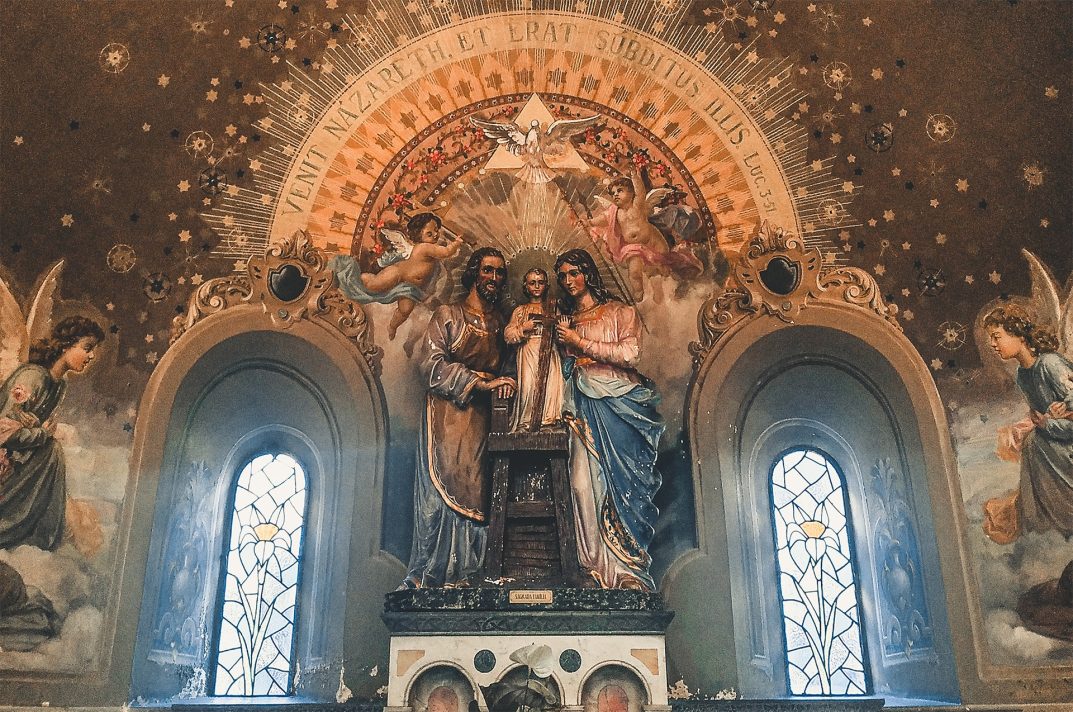
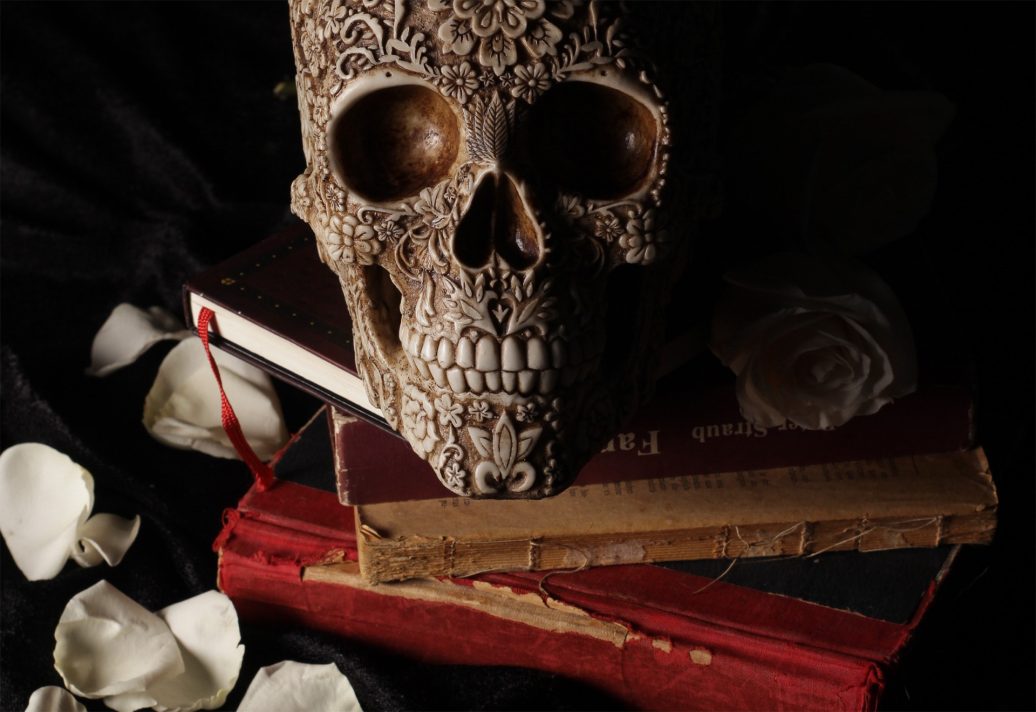
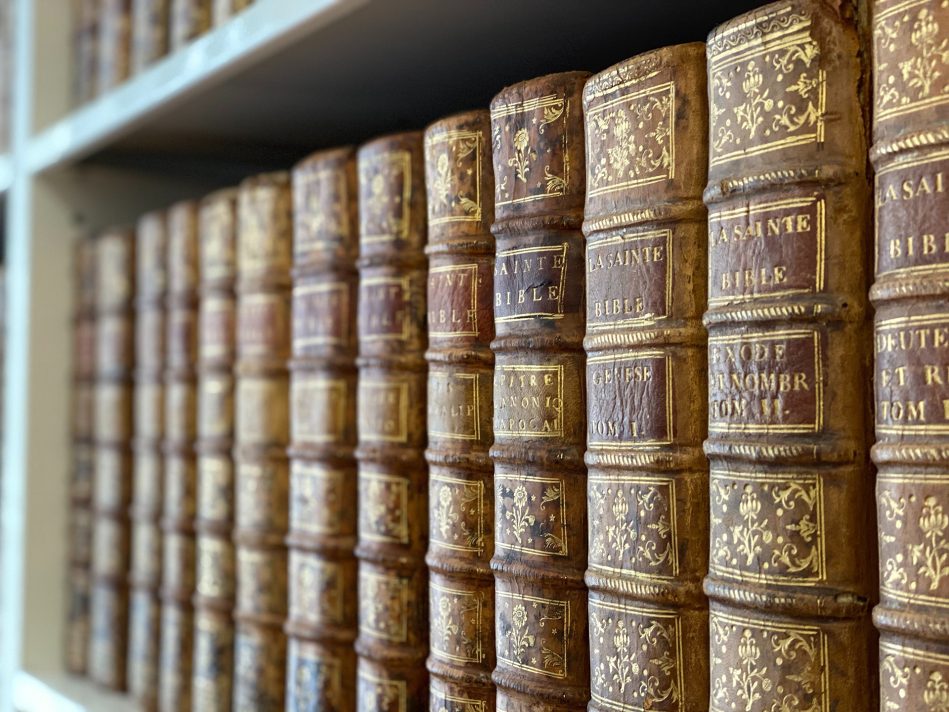 The coining and spread of the teachings of the seven capital vices can be credited to devout religious scholars like Ponticus, Saint Gregory the Great, and St. Thomas Aquinas.
The coining and spread of the teachings of the seven capital vices can be credited to devout religious scholars like Ponticus, Saint Gregory the Great, and St. Thomas Aquinas.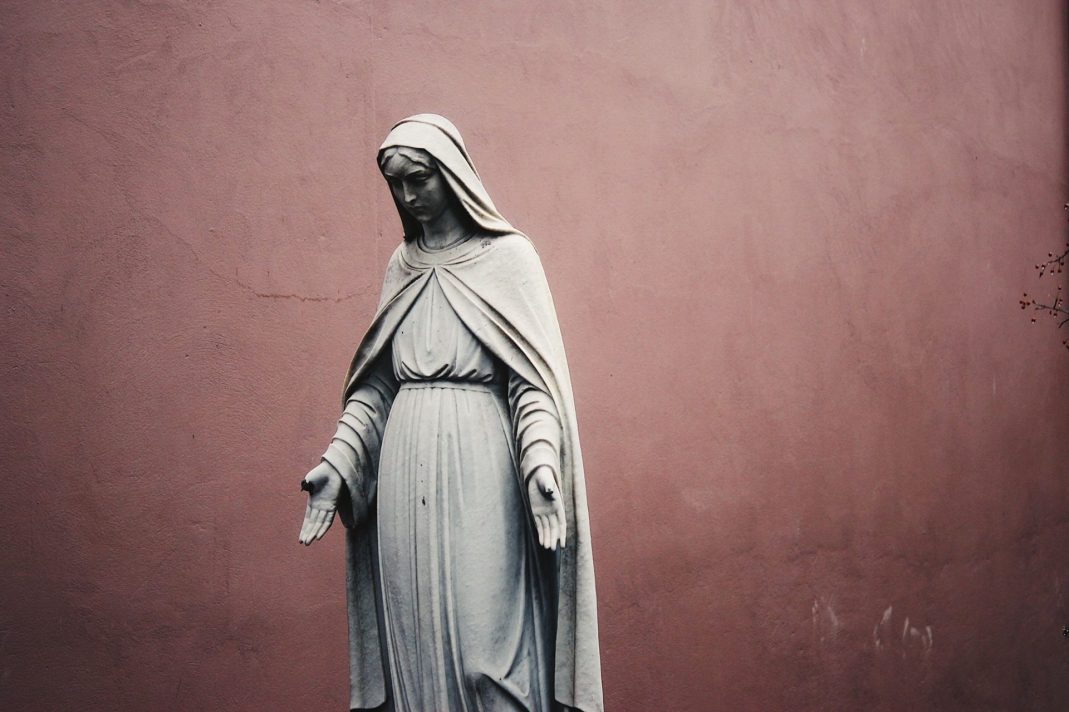
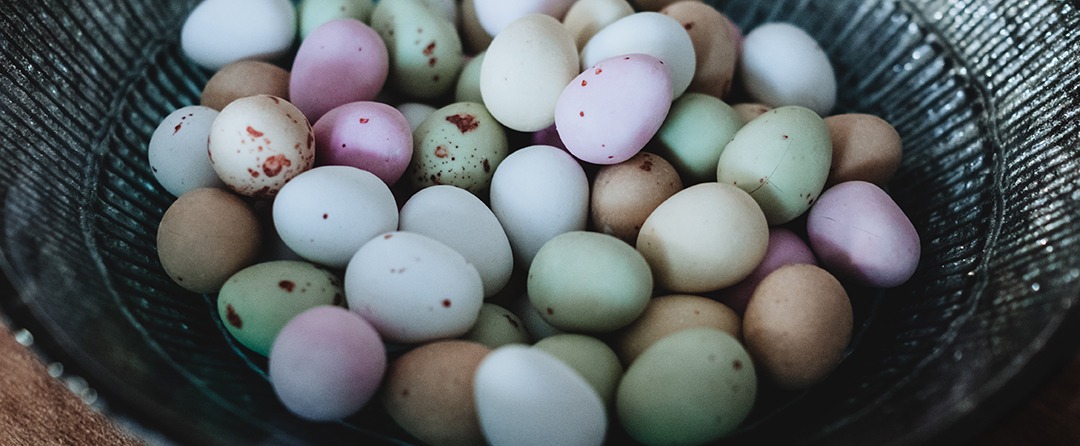 There are several reasons why Catholics have so many religious holidays. As an institution, the Catholic Church is the oldest religious organization in the western part of the world.
There are several reasons why Catholics have so many religious holidays. As an institution, the Catholic Church is the oldest religious organization in the western part of the world.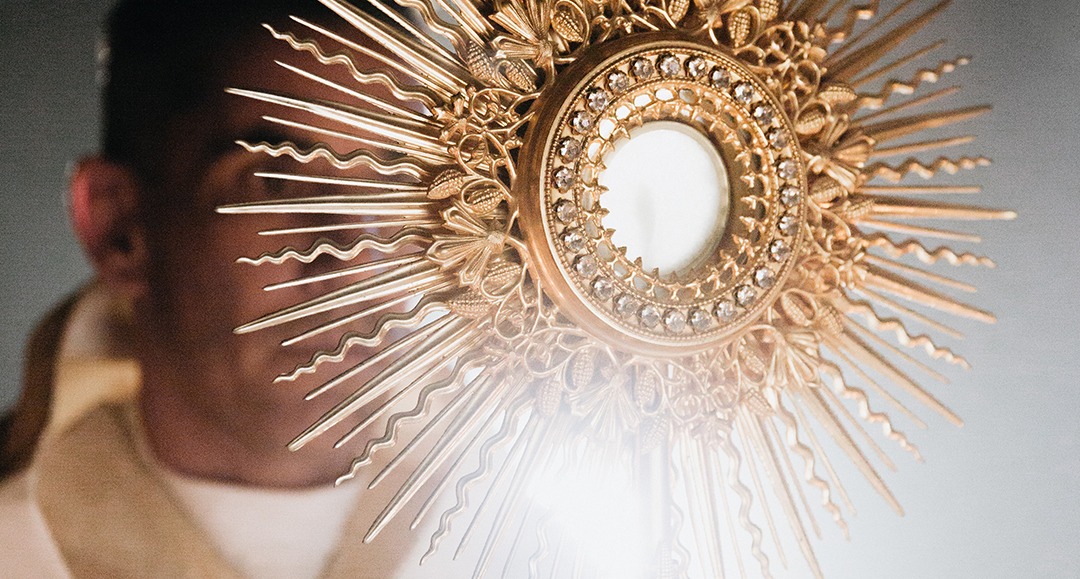
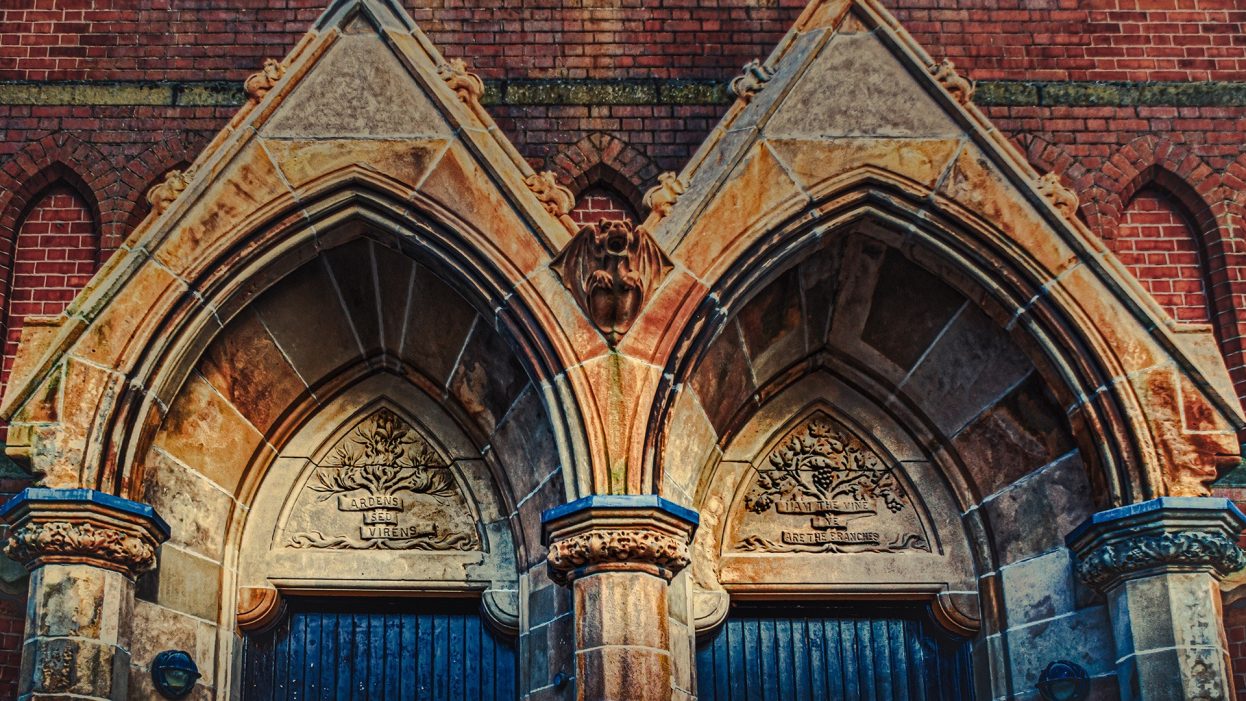
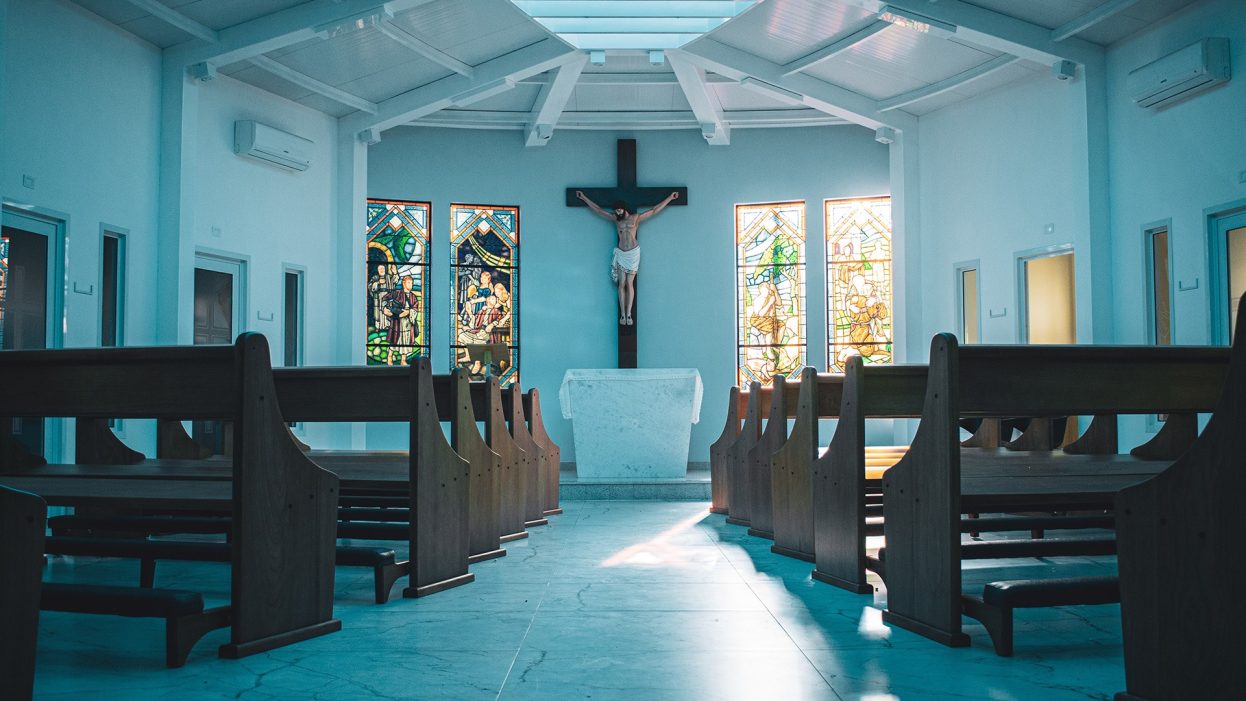 To get a better understanding of how the Catholic-Protestant conflict came to be, let us look at a brief history of the early Christian Church.[/caption]To get a better understanding of how the Catholic-Protestant conflict came to be, let us look at a brief history of the early Christian Church.
To get a better understanding of how the Catholic-Protestant conflict came to be, let us look at a brief history of the early Christian Church.[/caption]To get a better understanding of how the Catholic-Protestant conflict came to be, let us look at a brief history of the early Christian Church.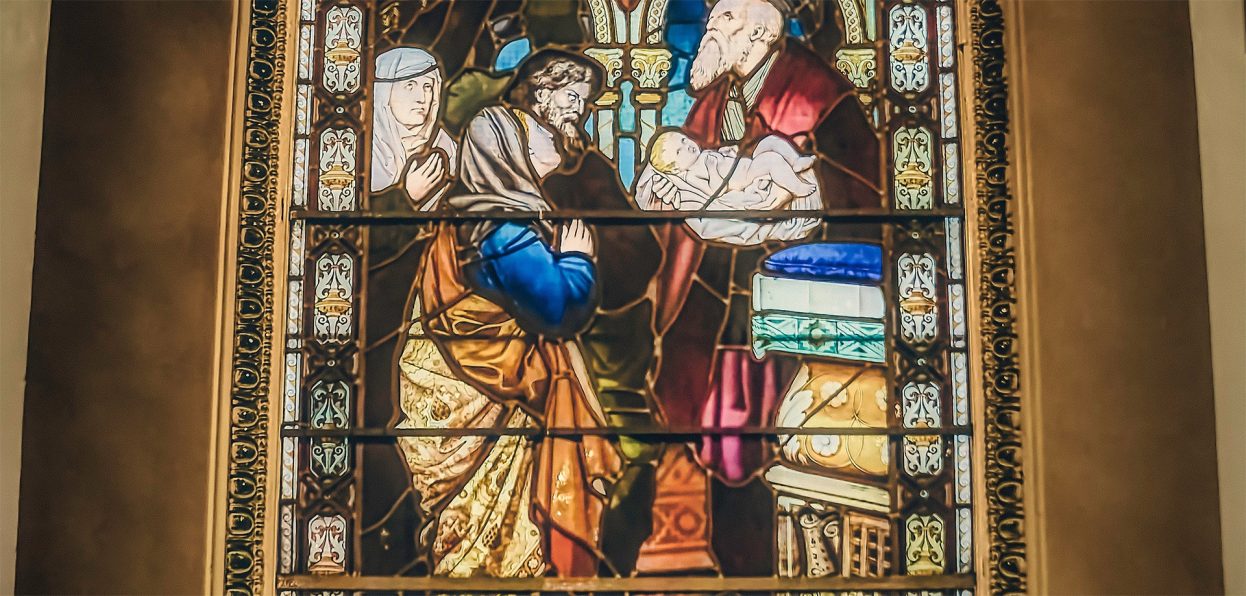 As stated earlier, there was a split in the early Christian church because some people did not support the ideas promoted by the Roman Catholic Church.
As stated earlier, there was a split in the early Christian church because some people did not support the ideas promoted by the Roman Catholic Church.